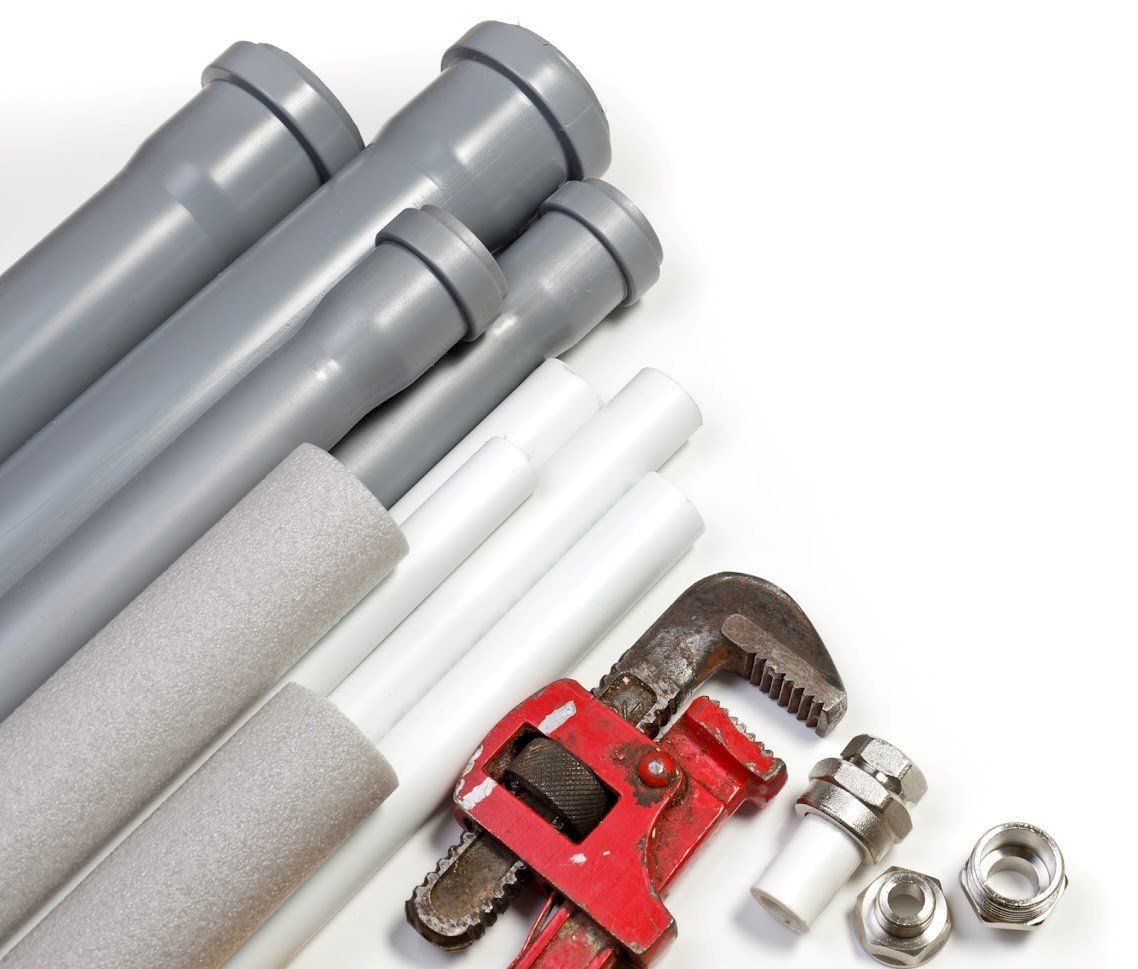Jun . 24, 2024 10:58 Back to list
4 Types of Plastic Plumbing Pipes and How They Differ
4 Types of Plastic Plumbing Pipes and How They Differ

While metal pipes were once popular in plumbing, most new plumbing pipes today are plastic due to this material's corrosion resistance. However, not all plastic plumbing pipes are alike, and plumbers now have at least four types of plastic pipes they can use to make plumbing repairs. Each type of plastic pipe has its own unique advantages and disadvantages.
Learn about the four most popular plastic plumbing pipes in use today, along with the unique advantages and disadvantages of each pipe type.
1. Polyvinyl Chloride (PVC)
Polyvinyl chloride pipes are among the most common plastic plumbing pipes today. PVC pipes are affordable and durable and can stay in good condition as long as 70 years without developing rust or corrosion. This pipe type is recyclable when it reaches the end of its lifespan, which makes it an environmentally friendly material.
In addition, unlike some plastic pipe types, PVC pipes contain no bisphenol A (BPA), so they can create home water lines with little worry that the water that flows through them will become contaminated with this.
These pipes are also versatile and easy to work with. PVC pipe sections can join together with a variety of pipe fittings, glues, and cements.
However, PVC pipes can become brittle over time when exposed to sunlight or installed in areas of the home that are often extremely hot. This pipe material's lack of heat resistance makes it a poor choice for use when constructing or replacing hot water lines. In addition, when PVC pipes need removing, they typically must be cut with a saw, because unjoining them manually can be very difficult over time.
1/2’ PVC electric protective pipe
2. Chlorinated Polyvinyl Chloride (CPVC)
Chlorinated polyvinyl chloride (CPVC) pipes are PVC pipes with a special chlorinated coating. This chlorinated coating increases the durability of the pipes by increasing their heat resistance. For this reason, CPVC pipes can repair and create drinking water lines, including hot water lines, without the worry that the pipes will become brittle over time with exposure to high heat.
However, CPVC pipes are slightly more costly than their PVC alternatives, and the lifespan of this pipe type is about 20 to 25 years.
3. Cross-Linked Polyethylene (PEX)
Cross-linked polyethylene (PEX) pipes are one of the newest types of plastic plumbing pipes available today.
This pipe material is much more flexible than PVC and other plastics that create pipes, so PEX piping installation is often quicker and easier than installation of other pipe types. The extreme flexibility of PEX allows plumbers to run long lines of PEX pipe throughout a home with the need for very few pipe connection sites.
PEX pipes can bend up to 90-degree angles when necessary, while more rigid pipes typically need to be joined together with fittings to create curves and bends in plumbing lines.
PEX pipes are naturally heat-resistant, and this pipe type is less likely to burst during the winter when water freezes inside of it than many other pipe types.
However, since this plastic pipe type is a relatively new addition to the plumbing industry, its potential lifespan has not yet been determined. In addition, cross-liked polyethylene pipes aren’t as recyclable, which makes this pipe type a less environmentally friendly option than PVC.
4. Acrylonitrile Butadiene Styrene (ABS)
Acrylonitrile butadiene styrene (ABS) pipes are another modern, plastic plumbing pipe option. While slightly less rigid than PVC pipes, ABS pipes are extremely strong. In addition, water that flows through ABS pipes makes little noise due to the noise-dampening effect of these pipes.
ABS pipes are also often quicker to install than PVC pipes, because ABS pipe sections do not need priming as PVC pipe sections do before they are joined together.
ABS pipes are resistant to extreme weather conditions, including UV light exposure and cold temperatures. For this reason, ABS pipes are often used in outdoor plumbing applications.
While metal plumbing pipes used to be popular, they are prone to corrosion over time that plastic pipes, including these four types, are not.
-
High-Quality PVC Borehole Pipes Durable & Versatile Pipe Solutions
NewsJul.08,2025
-
High-Quality PVC Perforated Pipes for Efficient Drainage Leading Manufacturers & Factories
NewsJul.08,2025
-
High-Quality PVC Borehole Pipes Durable Pipe Solutions by Leading Manufacturer
NewsJul.08,2025
-
High-Quality PVC Borehole Pipes Reliable PVC Pipe Manufacturer Solutions
NewsJul.07,2025
-
High-Quality UPVC Drain Pipes Durable HDPE & Drain Pipe Solutions
NewsJul.07,2025
-
High-Quality Conduit Pipes & HDPE Conduit Fittings Manufacturer Reliable Factory Supply
NewsJul.06,2025


